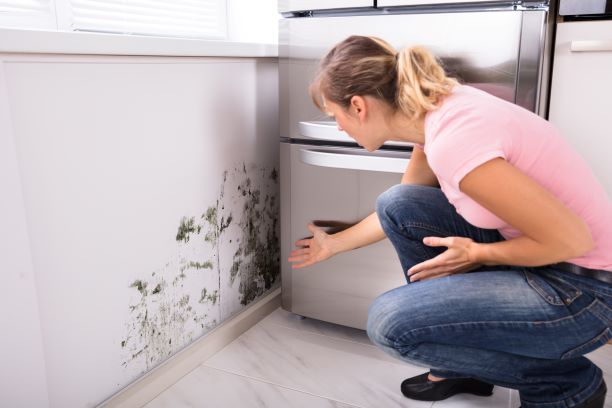Mould tends to be a fungus that has the potential to become stressful when in the bathroom. It looks disgusting and can lead to some health issues. It
Mould tends to be a fungus that has the potential to become stressful when in the bathroom. It looks disgusting and can lead to some health issues. It may even cause harm to the house. You need to know the reasons why it forms so that you can stop it from developing. The below article gives information on this.
How mould forms
Mould multiples by giving off small, microscopic spores within the air. The spores are present everywhere and need a little moisture to reproduce. Warm temperatures help mould to develop and increase the procedure.
The fungus may be present inside 48 hours of these spores coming onto a wet area having the perfect temperature.
Food is required by mould to keep on increasing. Organic matter will provide food for it and let it increase. In a house, dust helps it do this.
Reasons for mould in a bathroom
There is moisture along with heat in the bathroom resulting in the mould in the bathroom. This leads to a humid atmosphere which is perfect for mould spores to start advancing. The environment is made whenever you bath.
It can be created at the time that hands and face get washed with warm water in the sink.
Microscopic organisms, along with dust in the washroom, give food to the mould, leading it to increase drastically.
Steps to stop mould formation in the bathroom
Now that you know how it is formed, you need to find out how to get rid of it. Different ways can stop mould development within warm and humid environments like the toilet. The following can be considered:
- Try and stop moisture developing. Every surface must be dry when you have bathed. Let fresh air go into this room. This can be done with an exhaust fan that helps get rid of moisture.
- Remove the food for it by making certain all areas are clean and have no bacteria plus organic products. Bleach and antibacterial cleaning products work well. Focus on edges, small areas, etc., places in which bacteria and dirt can get together.
- Fix all leaks and wet places that can let water gather. Drains need to drain properly and be cleaned often.
- It is helpful to utilize mould-resistant paint within the toilet.
Removing mould
The process may be tough to dispose of mould when it has begun increasing. The reason for this is that when one scrubs, washes, etc., extra spores become present, making the issue worse. You must notice when this dirt begins forming.
Bleach and hydrogen peroxide are good. Cleaning agents work here like a mould spray from HG, for instance. Ammonia is another ingredient that can be helpful. The mould gets killed with these before you remove it. Get rid of those things in the room where mould can prosper, like towels, curtains, etc.
You should not mix ammonia along with bleach, as this is harmful. Be conscious when employing any kind of chemical.
The best way to not face the problem of mould is to be alert when it forms and immediately remove



















































































































COMMENTS